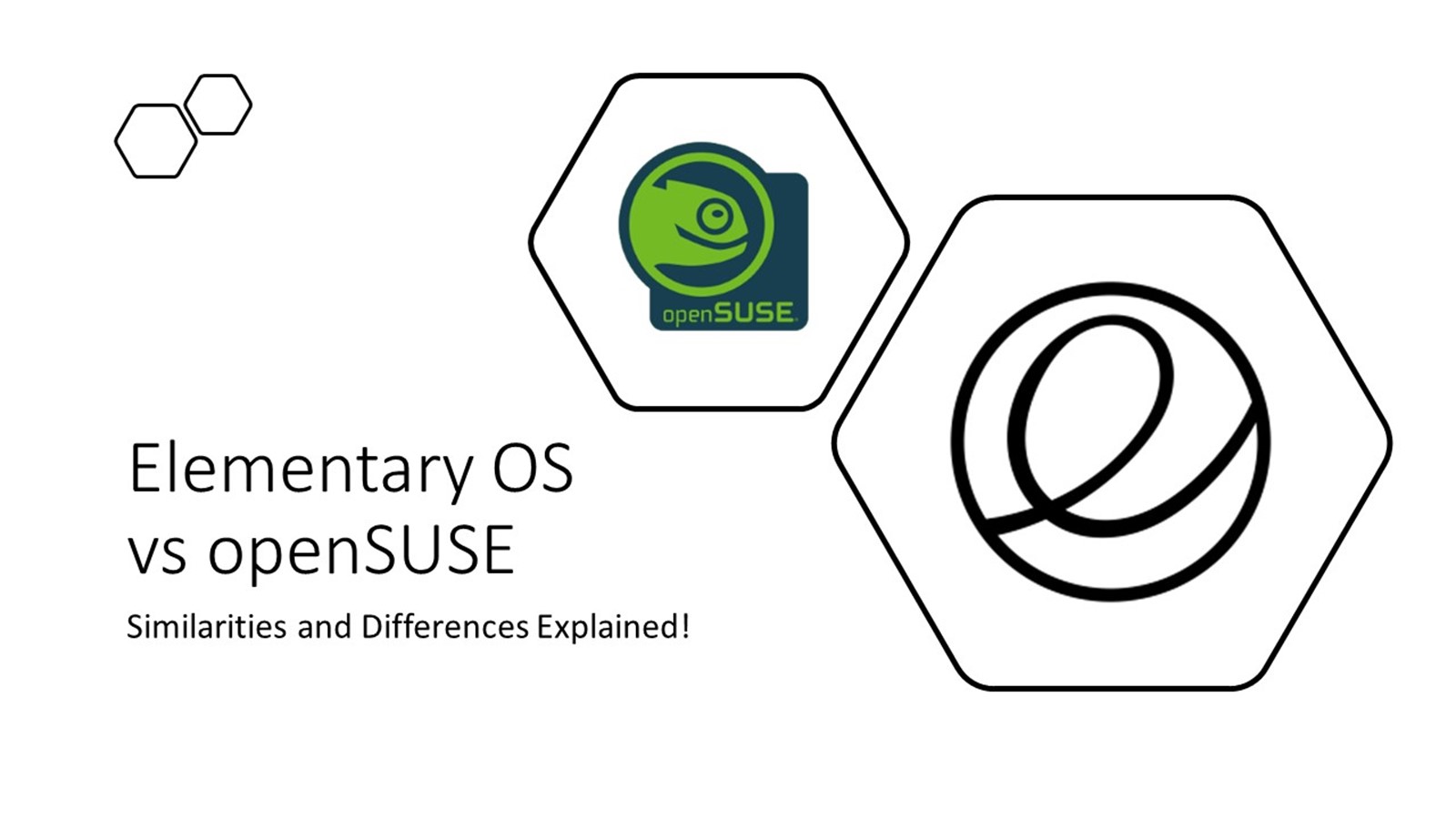

( elementary OSThe default download of the official website is to donate 10 US dollars to the project. The default program, like the previous version, uses a lot of lightweight applications and some self-developed applications:Īs a landscaping version of Ubuntu, I am still very interested, so I downloaded the 64-bit experience. (See more: If you are interested, you can check it out) Recently released the second official version, codenamed Luna, This version is based on Ubuntu 12.04 LTS and uses its own Pantheon desktop environment and Gala window manager. However, its revision of Ubuntu is very small, and there are no compatibility issues with installing programs from various PPAs. This release is relatively small compared to the original, and the program developed by itself is still very rough. It removes programs that are rarely used in Ubuntu's original version, and pre-installs browsers, mail clients, contacts, and other programs that you develop. The first version of elementary OS, codenamed Jupiter, is based on Ubuntu 10.04. In terms of development, in order to maintain a high degree of integration with the system, eLementary OS does not directly pre-install the existing software, but rewrites many of its own programs, and both GTK+ and Vala are the main languages for OS development. Project team members are not tied to the traditional thinking of Linuxer.
#Elementary os logo mac
From the Mac style of the original elementary Theme to the design of the elementary OS, it can be seen that Apple's style has a great influence on him. elementary OS 。 The founder of the project team is a UK UI designer. Elementary OS? The elementary Project started with only one elementary theme, and then extended a lot of projects to form the elementary Project project team. If you are looking for a great collection of wallpaper you can find one here: Click Download in the top right to get them all.I don't know how many people have heard of it. Update2: The script now supports changing your ElementaryOS’ login screen. Now the script will kill itself if it spends 10 minutes disconnected to a desktop. Elementary OS wasn’t killing the script when it ended a session. Update: If you’ve downloaded in the past you probably want to redownload. When it gets to the end it will shuffle the list and start displaying from the beginning. The script is programmed to load a random set of images and display them as desktop wallpaper sequentially. You’ll now have a slideshow wallpaper on your desktop. You can then paste the command given to you by –makecmd in the highlighted box. Once there click the + in the bottom left. You need to go to Applications > System Tools > System Settings > Applications > Startup Setting it up for startup in Elementary OS Once you found a setup you like you can append –makecmd to show you a command you can copy and paste into Elementary OS’s startup application settings. wallpaper_slideshow.sh ~/Pictures/Backgrounds/ 2 -log wallpaper_slideshow.sh without any parameters. If you just want to see it cycle the default Elementary OS wallpapers every two minutes run.

Even if you don’t want a slideshow you can use the script to load a random background on each boot up or whenever you run the script. This should work on any Gtk based distro but I’ve only used it on Elementary OS. Having a desktop slideshow seems to be a desired feature in Elementary OS and this method does it using hardly any memory. It changes the background with a fade turning your wallpaper into a slideshow.
#Elementary os logo code
I set out to code a lightweight script that will make your desktop background change at a preset interval.


 0 kommentar(er)
0 kommentar(er)
